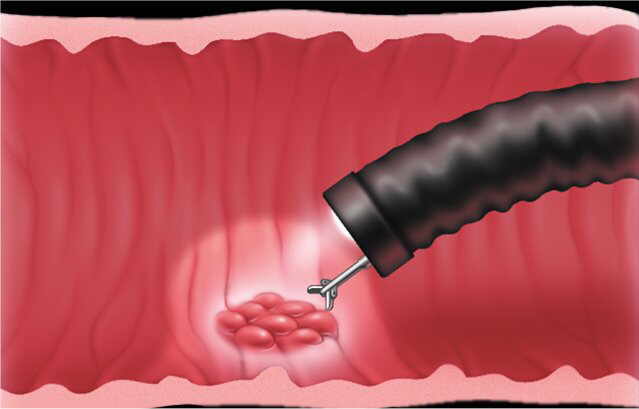Video Endoscopy

Video Endoscopy of the Upper Gastrointestinal Tract is a modern medical technology that enables us to visualize the inner linings of esophagus, stomach and duodenum. This technology has been greatly improved with the development of Computerized Video-Endoscopy systems which makes high resolution visualization and imaging of the GI tract possible. These images may be captured and stored on VHS, Betacam or U-Matic Tape or on Optical Disk or DVD.
For the procedure you will swallow a thin, flexible, lighted tube with a tiny video camera called an endoscope. Right before the procedure the Gastroenterologist will spray your throat with a numbing agent that may help prevent gagging. You may also receive pain medicine and a sedative to help you relax during the exam. The endoscope transmits an images and videos of the inside of the esophagus, stomach, and duodenum, so the Gastroenterologist can carefully examine the lining of these organs. The scope also blows air into the stomach; this expands the folds of tissue and makes it easier for the physician to examine the stomach
Upper Endoscopy (called "EGD") is an inspection of your esophagus and stomach using a camera on a lengthy tube that is placed down your throat. It allows doctors to find ulcers, cancers in your upper digestive tract and is useful for explaining bleeding, swallowing problems, or abdominal pain.
Frequently Asked Questions about the Endoscopy Procedure
Will I be asleep?
The sedation used for Colonoscopy and Endoscopy is called "Conscious Sedation". You will be awake and able to talk and move although you may not remember doing so afterwards.
What medications will I receive?
You will receive two medications prior to and during the procedure.
How long does the procedure take?
Colonoscopy can take from 30-60 minutes.
Endoscopy can take from 15-30 minutes.
The procedure can take more or less time and varies from person to person.
How long do I have to stay after my procedure is completed?
On average, patients are observed for 30-60 minutes (this can take longer depending on how well the patient is recovering) after their procedure. After you have had something to drink, have been able to sit up, have stable vital signs, and are able to ambulate unassisted, you and your companion will be free to leave. (You cannot leave without an adult to escort you home).
When/What can I eat afterwards?
You can eat and drink normally afterwards, although we recommend starting with a light meal and advancing your diet as tolerated.

